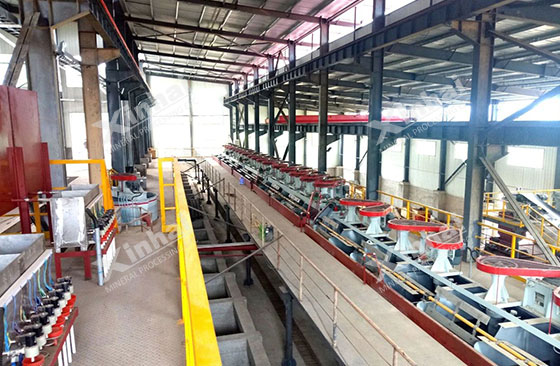
If you want to know more information, like quotation, products, solutions, etc., please contact us online.
Fluorite ore is known as the "second rare earth" for its unique value and wide industrial application. However, my country's fluorite resources are unevenly distributed. There are many single-type deposits but small reserves, while there are few co-existing deposits but large reserves. Therefore, efficient fluorite beneficiation technology is particularly critical, which directly affects the grade and recovery rate of fluorite. As a common method for fluorite purification, the effect of flotation is restricted by many factors, so it is necessary to continuously optimize the technology to meet the challenges of resource changes.
Use the table of contents below to navigate through the guide:
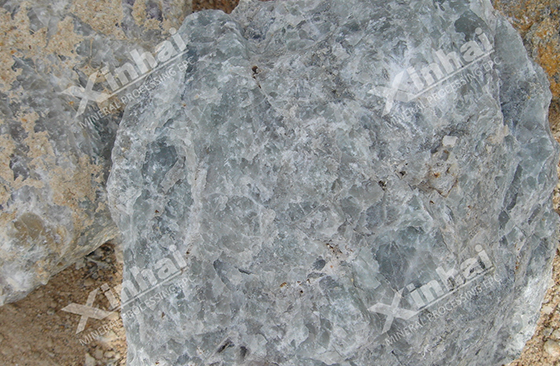
The raw ore properties of fluorite ore are complex and are often accompanied by minerals such as quartz, calcite, scheelite, barite and sulfide. Therefore, fluorite ore can be classified into quartz type, barite type, calcite type and sulfide ore type. The content and characteristics of these impurity minerals significantly affect the selection and effect of the mineral processing process. Different types of impurity minerals and embedding methods will change the selection of mineral processing methods and chemicals. At the same time, the hardness of the ore affects the crushing and grinding efficiency, thereby affecting the recovery rate of fluorspar concentrate.
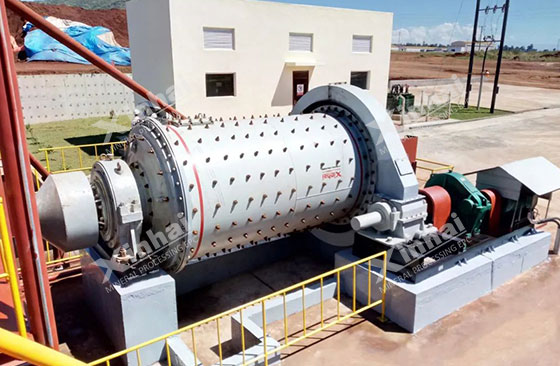
Grinding particle size is one of the main factors affecting mineral processing indicators. It is directly related to the monomer dissociation of fluorite ore and gangue minerals, which in turn affects the grade and recovery rate of the concentrate. In flotation operations, although coarse particle size can improve the recovery rate, it reduces the grade. Medium particle size can take into account both grade and recovery rate, while fine particle size has low both. Too coarse or too fine grinding particle size will have an adverse effect on fluorite flotation. Therefore, the process of segmented grinding and stage separation is often used to control the particle size and ensure the quality of the concentrate.
The temperature of the slurry has a significant impact on the fluorite ore flotation effect, especially the performance of the carboxylic acid collector. Within a certain temperature range (such as 20-35℃), increasing the slurry temperature can enhance the solubility and dispersibility of the carboxylic acid collector, thereby improving its ability to capture fluorspar ore and increasing the recovery rate. However, if fluorite is not completely dissociated, high temperatures may cause gangue minerals to be mixed in, thus reducing the concentrate grade. On the contrary, the collection ability is weakened at low temperatures. Although fluorspar with good floatability can still be selected and maintain high grade, the recovery rate will be lower. Therefore, it is necessary to select an appropriate temperature range based on the characteristics of fluorite and gangue to achieve a balance between concentrate grade and recovery rate.
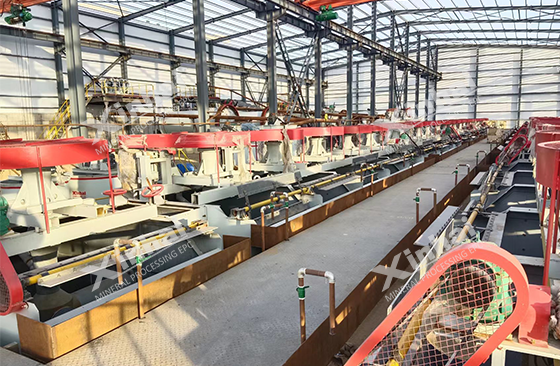
The pH value of the slurry is a key parameter in fluorite flotation, which directly affects the floatability and selectivity of fluorite and its gangue minerals. Usually, the pH value of the slurry is maintained in the range of 8 to 10 by using sodium carbonate or sulfuric acid as a pH adjuster, which helps to improve the floatability of fluorite, especially when using oleic acid as a collector. more significant.
For different types of fluorite ore, such as calcite-fluorite type, controlling the pH value between 8 and 9.5 can ensure that both fluorite and calcite have good floatability. During the separation process of fluorite and quartz, adjusting the pH value of the slurry to 8 to 9 will help optimize the separation effect. At the same time, we need to be wary that a pH value that is too low may trigger the reduction reaction of sodium carbonate, or a pH value that is too high may cause alkalization of the slurry, which will weaken the flotation performance. In actual production, the dosage of the regulator should be adjusted and controlled to ensure that the pH value of the slurry is stable within an appropriate range to achieve the ideal flotation effect.

In the fluorite flotation process, the selection and dosage of chemicals have a significant impact on the separation effect of fluorite and gangue minerals. Although fatty acid collectors (such as oleic acid, oxidized paraffin soap) have the advantages of low cost and wide sources, they have limited selectivity, solubility and dispersion, and poor freezing resistance. Inhibitors are mainly used to inhibit gangue minerals such as calcite, barite, quartz, etc. Among them, inorganic inhibitors such as water glass, sodium hexametaphosphate, and organic inhibitors such as tannins, lignosulfonates, etc. are widely used, especially water glass. By combining water glass with high-valent metal ion salts or sulfuric acid, or formulating acidic water glass with sulfuric acid in a certain proportion, its adsorption selectivity can be enhanced, thereby significantly improving flotation efficiency.
In terms of dosage control, when the dosage of collector is large, the recovery rate is high, but the grade is low, so it is suitable for the rough selection stage; when the dosage of collector is small, the grade is high but the recovery rate is low, so it is suitable for in the beneficiation stage to improve concentrate quality. For different types of fluorspar ores, combined reagents or new reagents can be used to optimize the separation effect, and combined with the optimization of process flow and equipment, the recovery rate and economic benefits of fluorspar can be significantly improved.
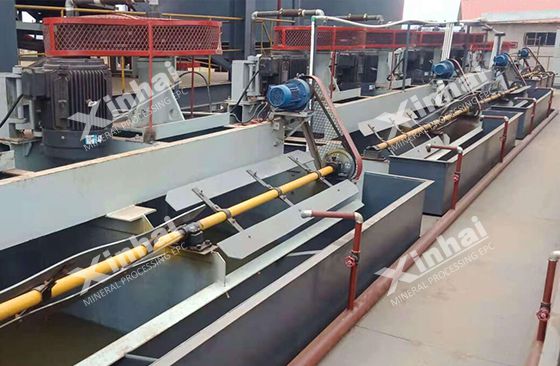
During the flotation process, the impact of water quality on the effectiveness of collectors and inhibitors cannot be ignored. When fluorite ore flotation uses oleic acid as a collector, the ion components in the water, especially the presence of calcium ions and magnesium ions, may weaken the effect of the agent and significantly reduce the flotation effect of fluorspar, thus affecting the grade and recovery rate of the concentrate. Therefore, in order to ensure flotation efficiency, the water source needs to be softened in advance to avoid the adverse effects of the ionic components in hard water on the effectiveness of collectors and inhibitors.
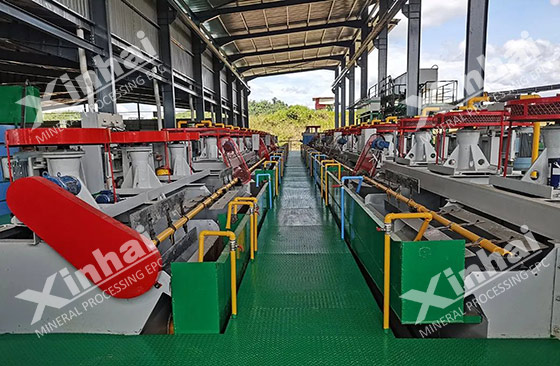
In order to optimize the fluorite ore beneficiation effect, a variety of influencing factors need to be considered comprehensively. The first step is to conduct beneficiation tests, and tailor scientific and reasonable separation process and technical parameters based on the specific properties of fluorite ore and beneficiation plant conditions. At the same time, strengthen the professional training of operators and maintenance personnel, improve their skills, ensure rigorous and orderly production management, and avoid fluctuations in production conditions caused by operational errors or management omissions, which in turn affect the actual effect of fluorite flotation.
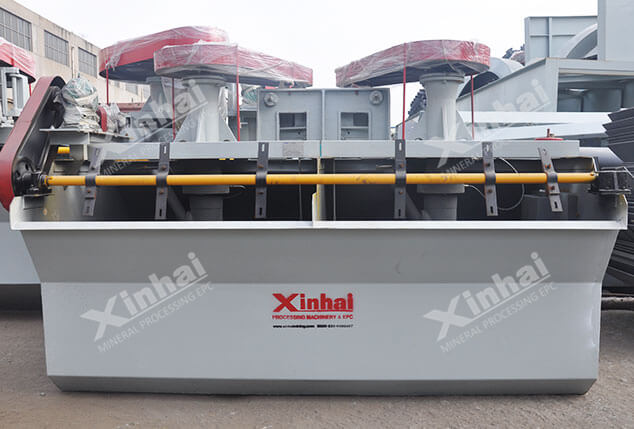
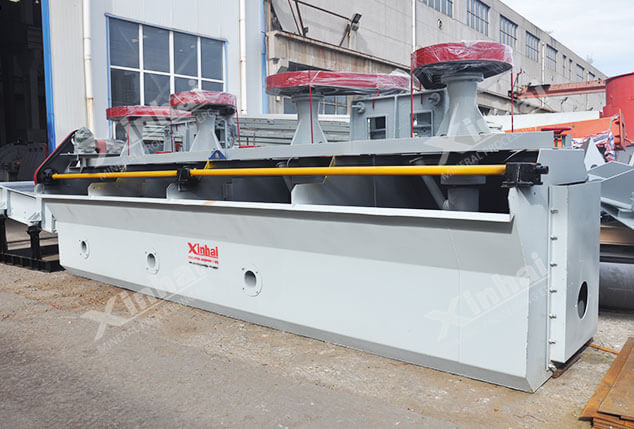
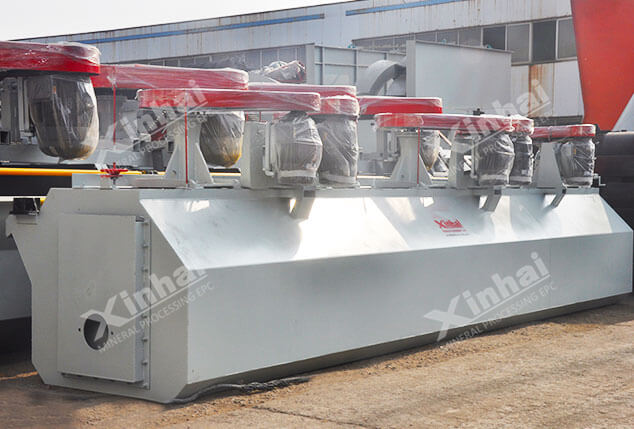
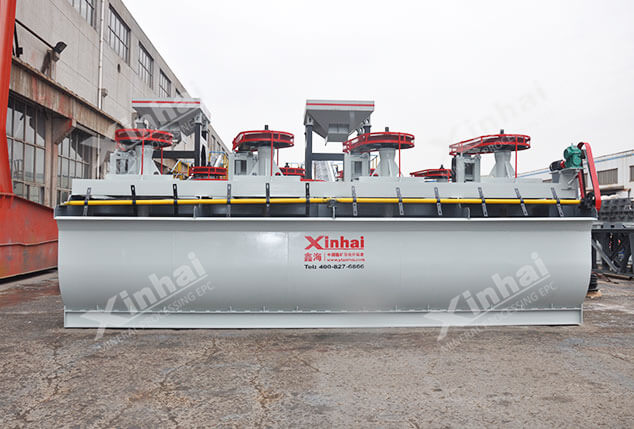
Please leave your message here! We will send detail technical info and quotation to you!
© 2020 Shandong Xinhai Mining Technology & Equipment Inc.
